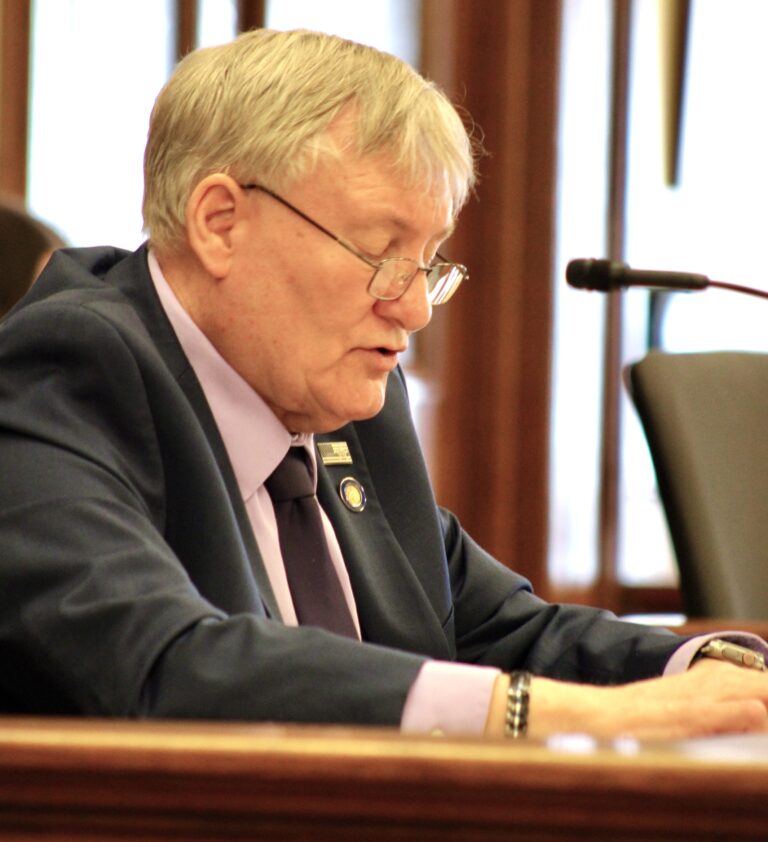Weekly Fiscal Facts are provided to Wisconsin Newspaper Association members by the Wisconsin Policy Forum, the state’s leading resource for nonpartisan state and local government research and civic education. The Wisconsin Policy Forum logo can be downloaded here.
- Download this column as a Word document
- See other WNA Member Content offerings
Wisconsin long has ranked above average among the 50 states in the share of income its residents pay in state and local taxes. Yet government spending in Wisconsin in 2017 was about average among states, and a closer look at state tax and spending data reveals important nuances.
Each year the U.S. Census Bureau releases figures on state and local taxes, spending, and finances around the country. Overall they show that, as a share of personal income, state and local governments in Wisconsin spend at roughly average levels — ranking 24th among states in 2017 on a key spending metric known as direct general expenditures.
This raises the question: why does Wisconsin tax more? That’s in part because governments here receive significantly less than most other states in federal aid, and somewhat less in fees for services such as tuition or utilities.
In the last two decades, Wisconsin also has seen one of the largest declines of any state in the share of income its residents pay in state and local taxes. By this measure, its overall tax ranking among states was 19th in 2017, having fallen from 16th highest in 2007 and seventh highest in 1997.
Compared to other states, Wisconsin’s greater reliance on a few taxes — particularly the income tax and property tax, which are particularly salient to taxpayers — means those taxes here rank relatively high compared to other states. These are additional factors that may contribute to the perception of Wisconsin as a high-tax state.
Property tax levies by municipalities, schools, counties, and other local governments represent the single largest tax in the state at 3.5% of personal income in 2017. Though that figure was unchanged from the previous year, the state’s property tax ranking in 2017 fell by one slot to 16th highest.
As the Forum has noted before, the state’s overall property tax ranking would change significantly if we looked at some subsets of property taxpayers. For example, Wisconsin homeowners pay higher property taxes compared to most other states. The reasons include the “uniformity clause” in the state constitution, which requires residential and other types of property to be taxed at the same rate and effectively blocks the kind of preferential tax treatment given to homeowners in some other states.
Wisconsin’s individual income tax takes up the next highest share of income at 2.8%, which was 11th highest in the country in 2017. The tax’s share of personal income and its national rank were both unchanged from 2016.
The sales tax — the last of the state’s three big taxes — took up 2% of personal income in Wisconsin, ranking the state 33rd nationally. Those figures have been essentially unchanged since 2009.
This information is a service of the Wisconsin Policy Forum, the state’s leading resource for nonpartisan state and local government research and civic education. Learn more at wispolicyforum.org.



